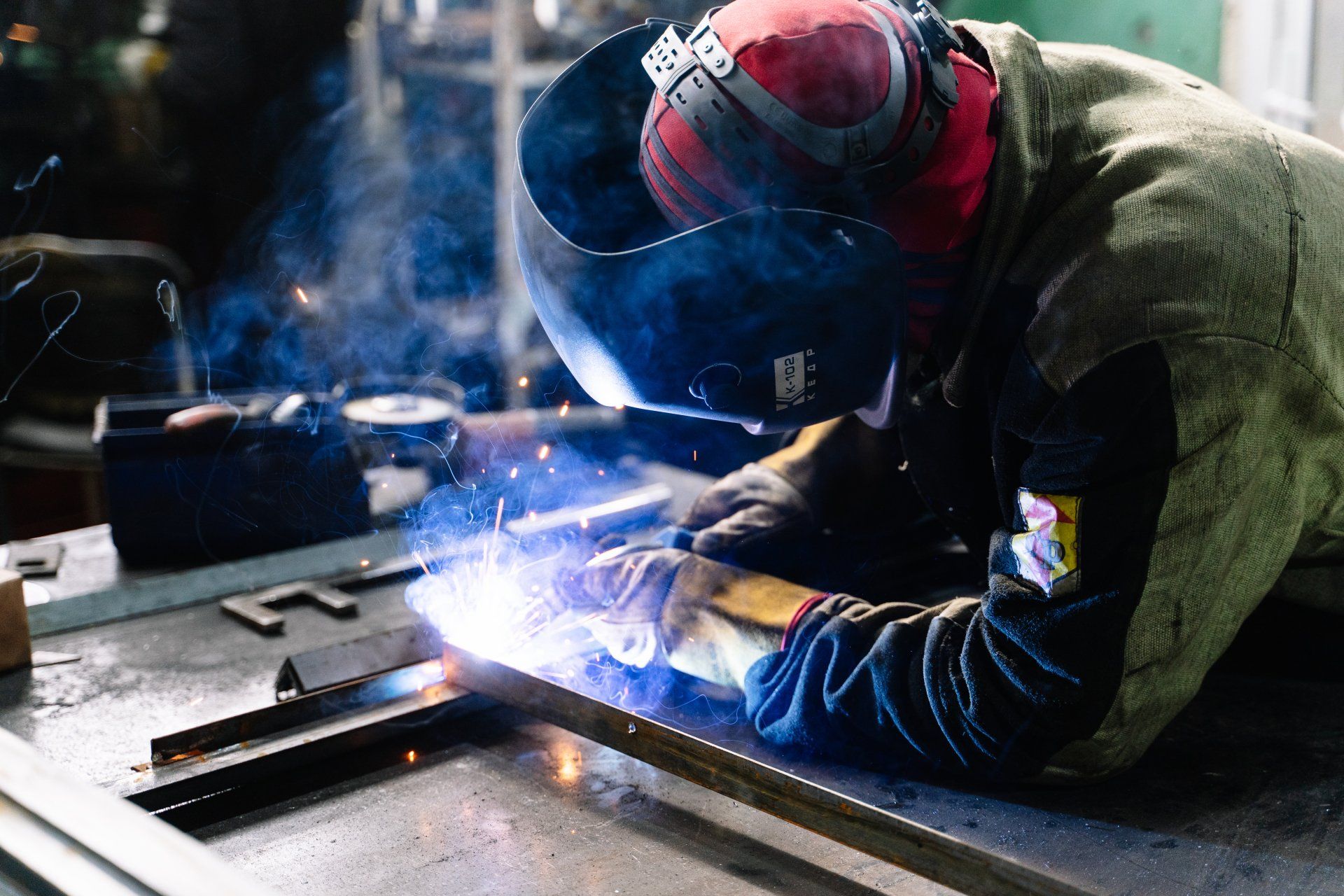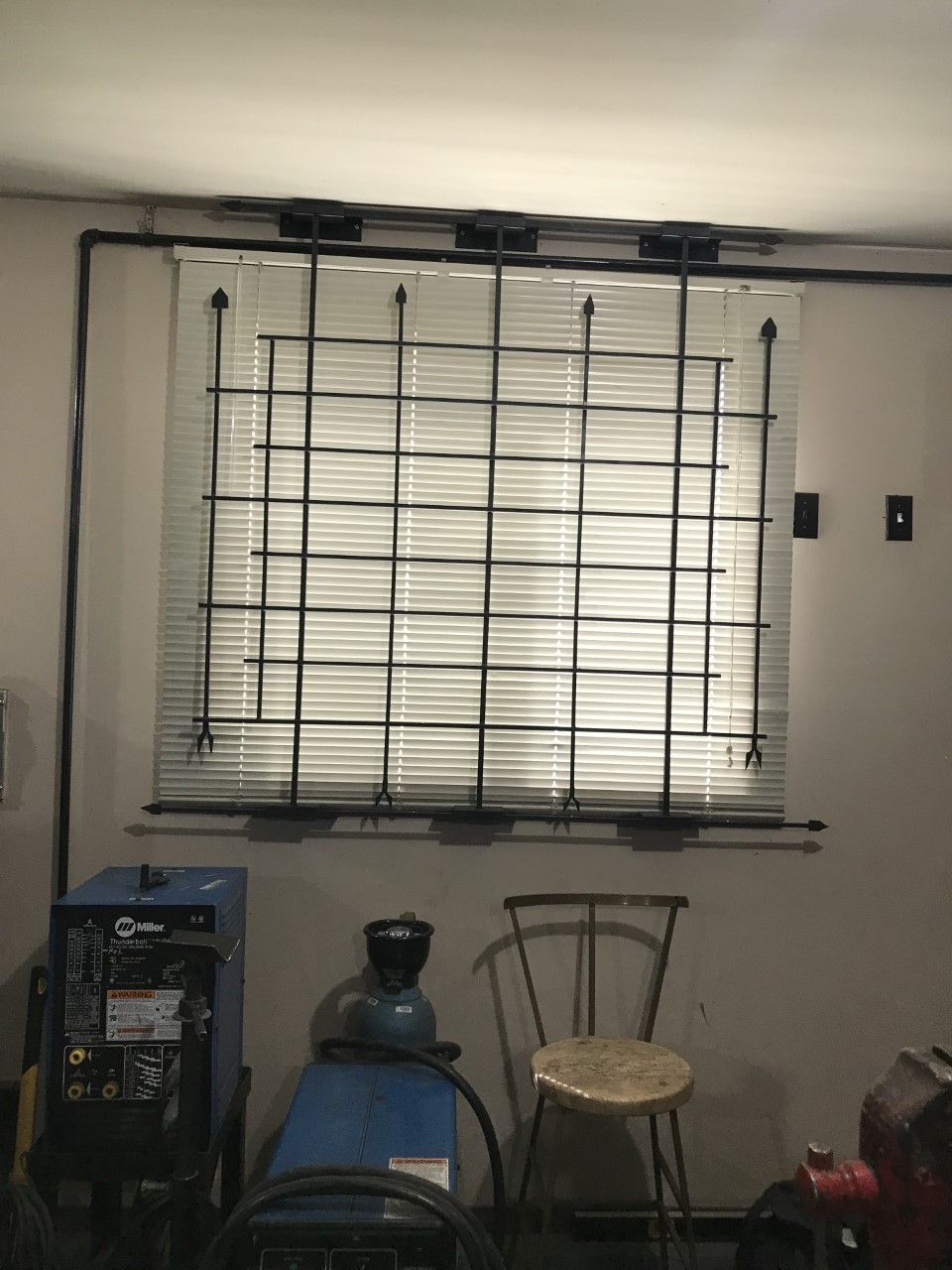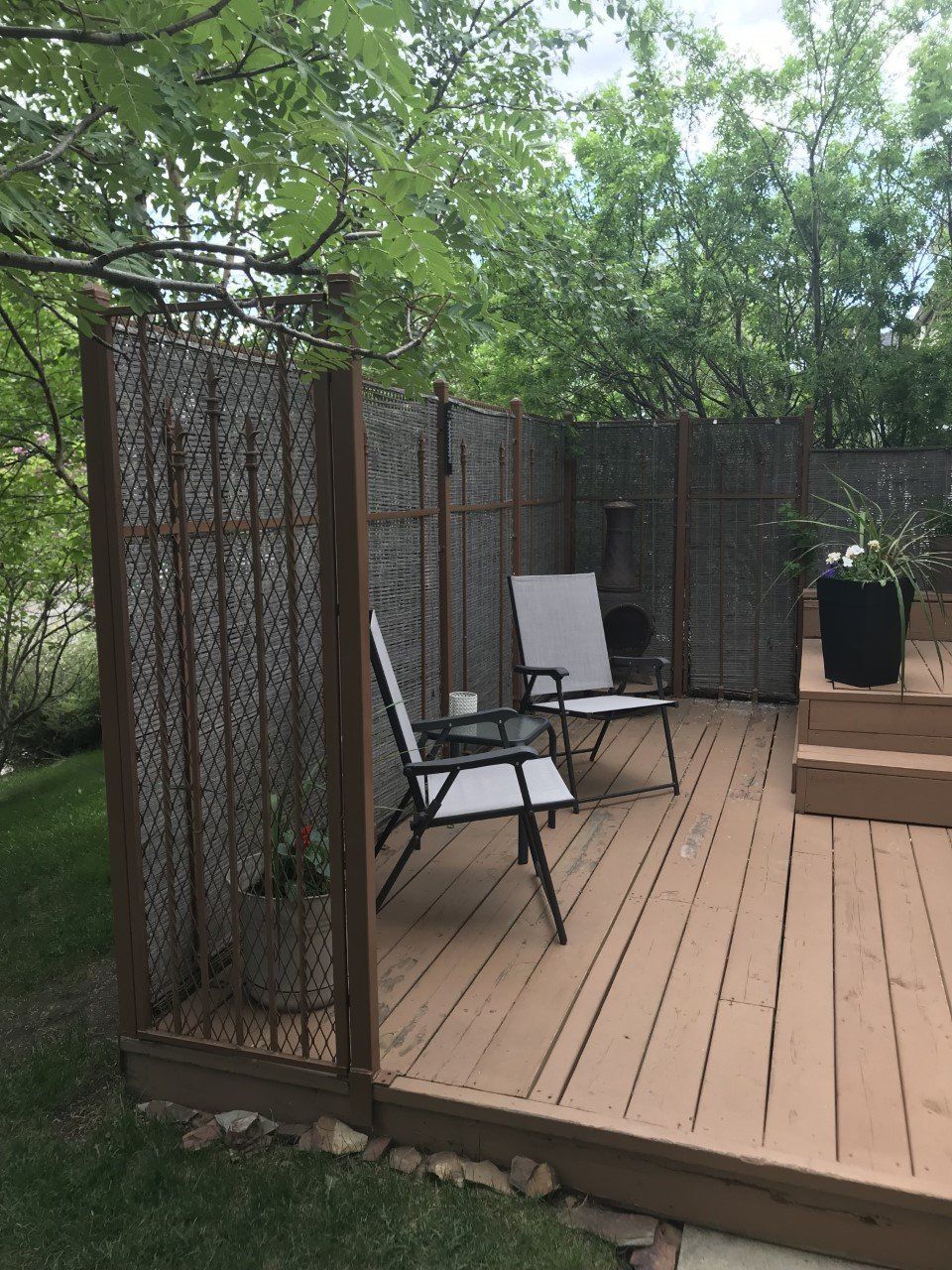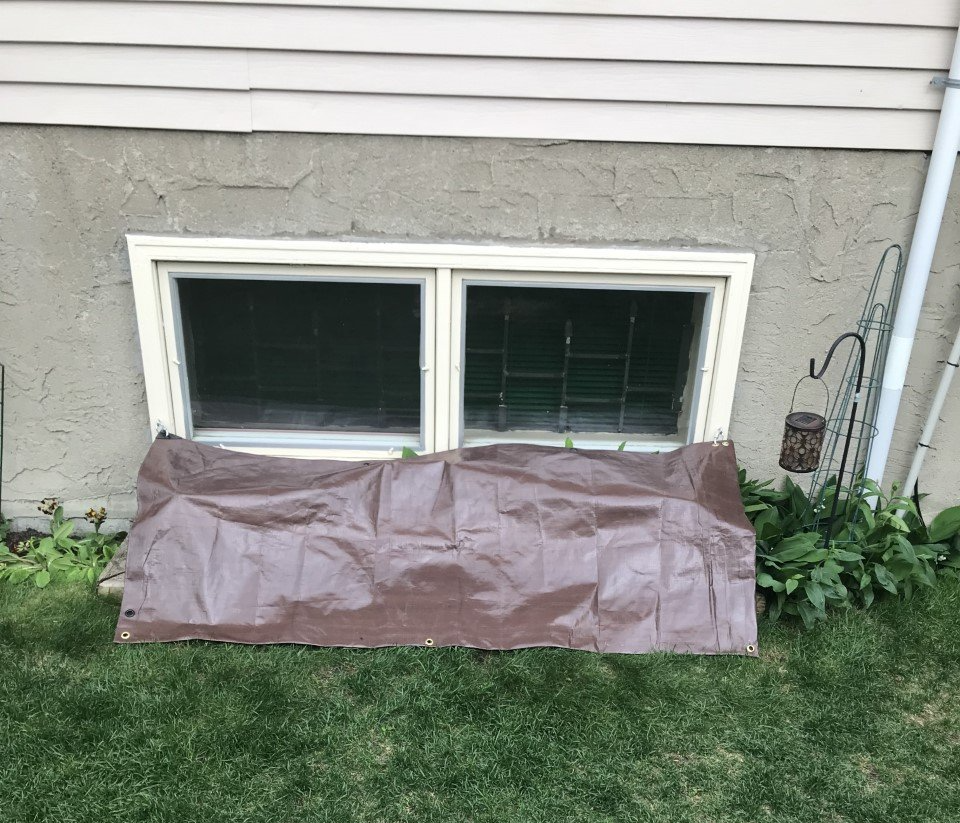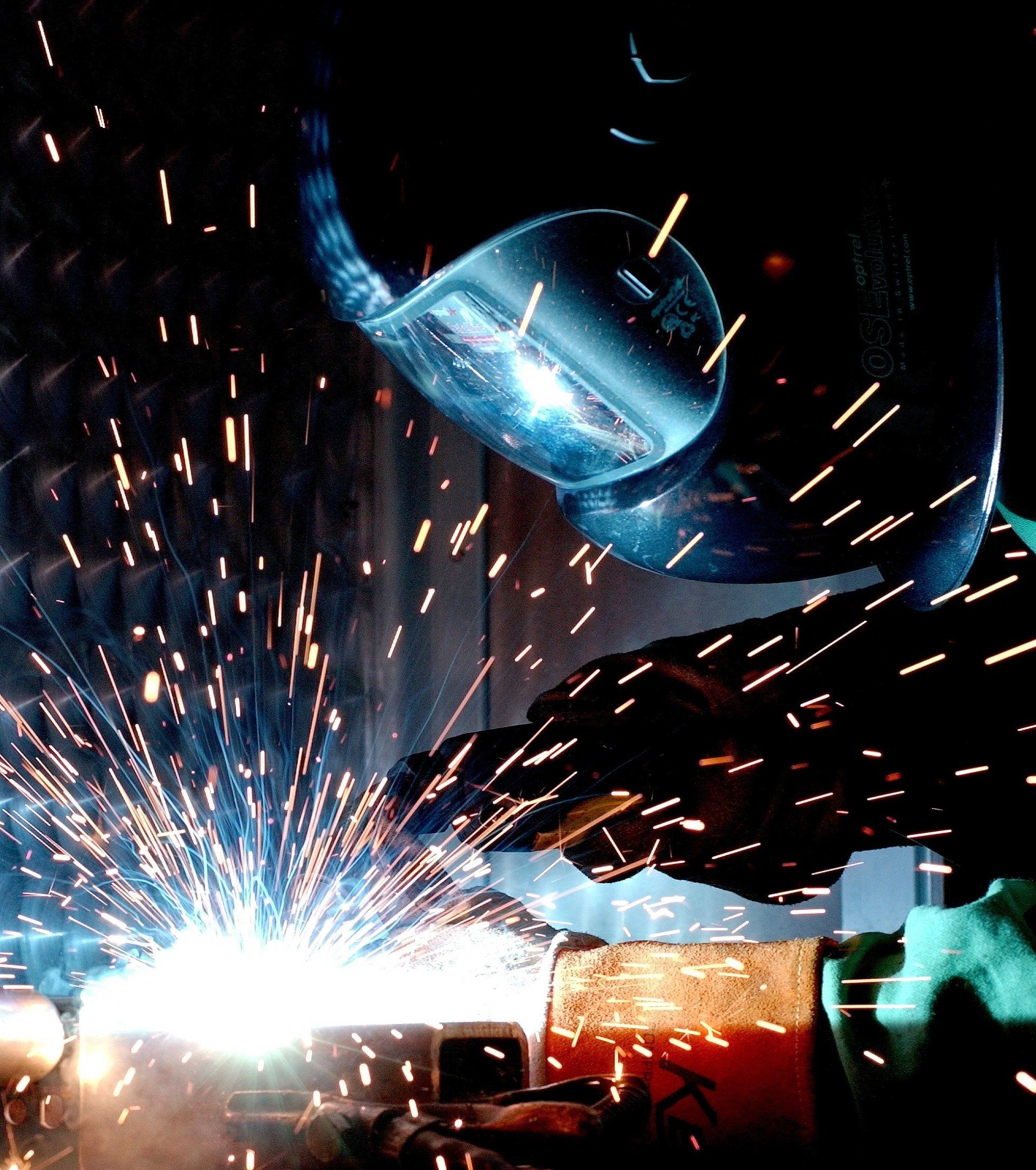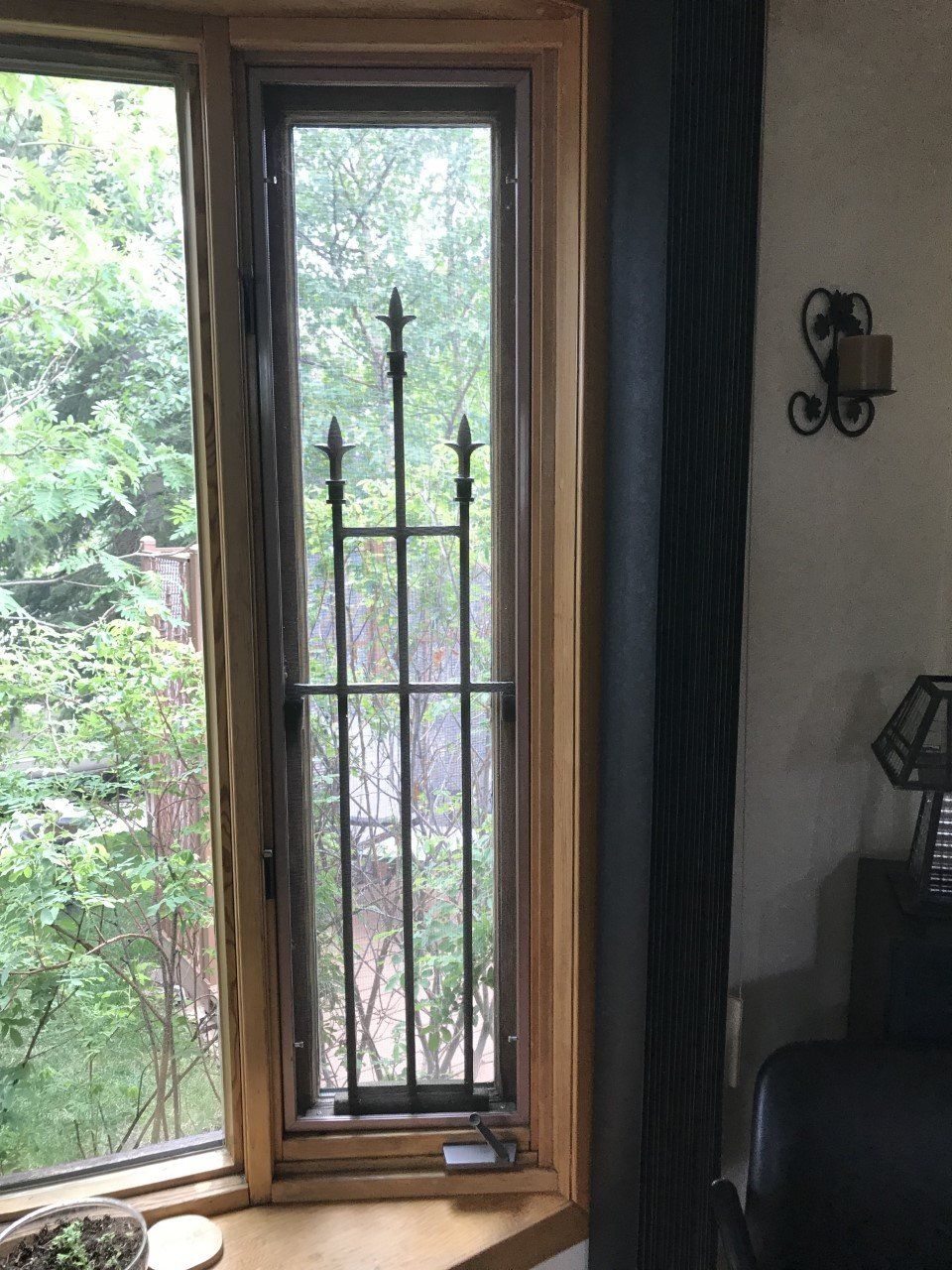Expert Guide to Custom Steel Fabrication: Crafting Quality and Precision
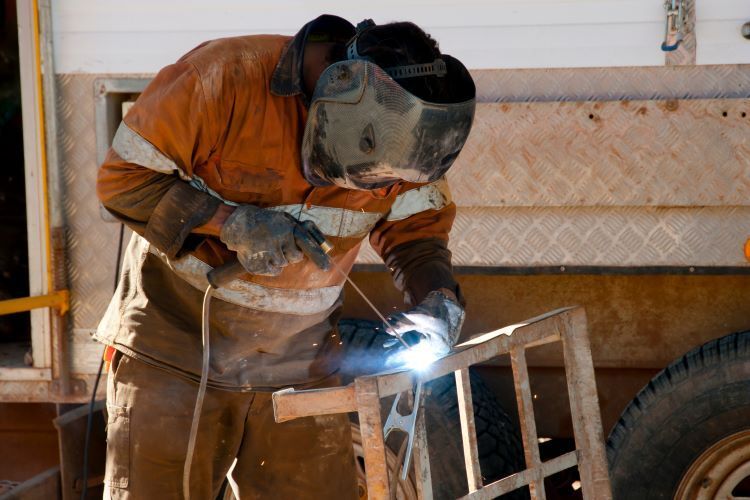
Custom steel fabrication is a versatile and essential process in the construction and manufacturing industries. It involves the creation of steel components tailored to specific requirements, enabling the construction of structures and products that meet precise specifications. At Mobile Welder Service in Calgary, Alberta, we specialize in providing high-quality custom steel fabrication services. This guide will explain how custom steel fabrication works and why it’s a crucial component of modern construction and manufacturing.
What is Custom Steel Fabrication?
Custom steel fabrication is the process of cutting, shaping, and assembling steel to create specific structures or components based on detailed plans or customer requirements. This process is used in various industries, including construction, automotive, aerospace, and more. The key to custom steel fabrication is its adaptability to meet unique specifications and design requirements.
The Custom Steel Fabrication Process
- Design and Planning
The fabrication process begins with design and planning. This phase involves:
- Consultation: Meeting with the client to understand their needs, specifications, and expectations.
- Blueprints and CAD Models: Creating detailed blueprints or computer-aided design (CAD) models that outline the dimensions, shapes, and features of the required steel components.
- Material Selection: Choosing the appropriate type of steel based on factors such as strength, durability, and environmental conditions.
- Cutting
Once the design is finalized, the next step is cutting the steel into the desired shapes and sizes. Various cutting methods are used depending on the requirements, including:
- Plasma Cutting: Utilizes a high-velocity jet of ionized gas to cut through steel with precision.
- Laser Cutting: Employs a focused laser beam to achieve high-accuracy cuts, ideal for intricate designs.
- Saw Cutting: Uses saw blades for straight cuts, typically for larger, simpler sections.
- Shaping and Forming
After cutting, the steel pieces are shaped and formed to meet the design specifications. This can involve:
- Bending: Using press brakes or other machinery to bend steel into the required angles and shapes.
- Rolling: Forming steel into curves or circular shapes using rolling machines.
- Punching: Creating holes or slots in the steel using punching machines.
- Welding and Assembly
The shaped steel components are then assembled and joined together through welding. This critical phase ensures the structural integrity and strength of the final product. Various welding techniques may be used, including:
- MIG (Metal Inert Gas) Welding: Suitable for thicker materials and provides strong, durable welds.
- TIG (Tungsten Inert Gas) Welding: Offers precision and control, ideal for intricate or delicate work.
- Stick Welding: Commonly used for construction and repair work due to its versatility.
- Finishing
Once the components are welded together, the final product undergoes finishing processes to enhance its appearance and durability. This may include:
- Grinding and Polishing: Smoothing out weld seams and surfaces for a polished look.
- Painting or Coating: Applying protective coatings to prevent rust and corrosion and to meet aesthetic requirements.
- Inspection and Quality Control: Conducting thorough inspections to ensure the finished product meets all specifications and standards.
The Benefits of Custom Steel Fabrication
Versatility
Custom steel fabrication allows for the creation of virtually any structure or component, regardless of complexity. This versatility is invaluable in industries that require unique or specialized designs.
Strength and Durability
Steel is known for its strength and durability, making it an ideal material for construction and manufacturing. Custom fabrication ensures that these qualities are maximized, resulting in long-lasting, high-performance products.
Precision and Accuracy
With the use of advanced technology and skilled craftsmanship, custom steel fabrication achieves high levels of precision and accuracy. This is crucial for applications that demand exact specifications and tight tolerances.
Cost-Effectiveness
While custom fabrication may seem more expensive initially, it can be cost-effective in the long run. Custom solutions often lead to better performance, reduced waste, and lower maintenance costs.
Aesthetic Appeal
In addition to functionality, custom steel fabrication allows for the creation of visually appealing structures and components. Whether for architectural elements or industrial equipment, the aesthetic possibilities are vast.
Conclusion
Custom steel fabrication is a sophisticated process that combines technology, skill, and creativity to produce steel components tailored to specific needs. At Mobile Welder Service in Calgary, we pride ourselves on delivering top-quality custom steel fabrication services that meet the highest standards of precision and durability. Whether you’re in construction, manufacturing, or any other industry, our expertise ensures that your custom steel projects are executed flawlessly.
Contact Mobile Welder Service today to learn more about our custom steel fabrication services and how we can assist with your next project. Let us help you achieve your vision with precision-crafted steel solutions.
Mobile Welder Service is your local expert for all welding and fabrication needs in Calgary, Alberta. From custom steel fabrication to on-site welding repairs, we’re committed to delivering excellence in every project. Visit our website or call us for more details.
